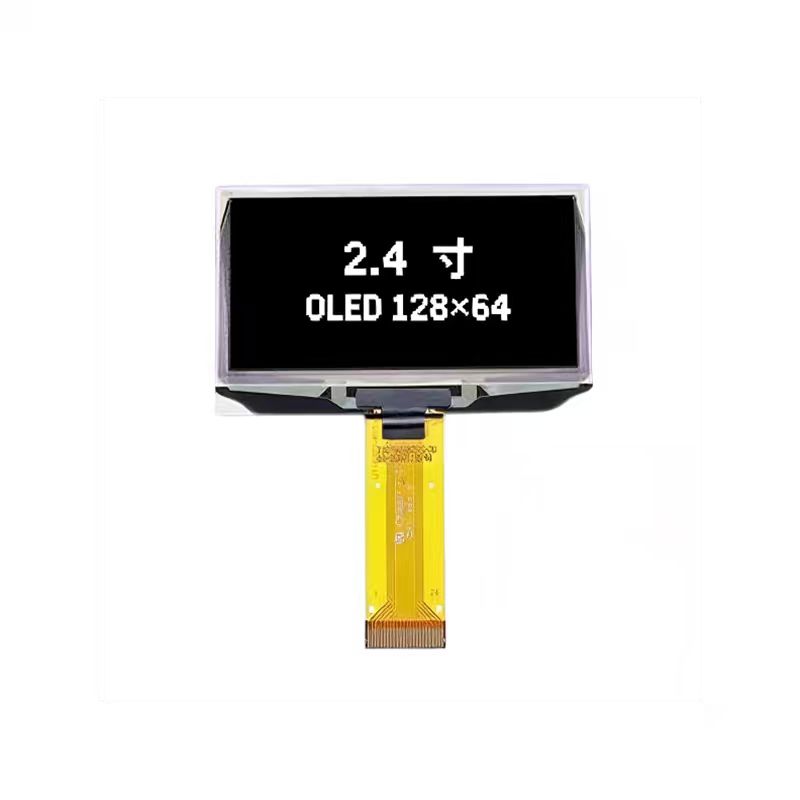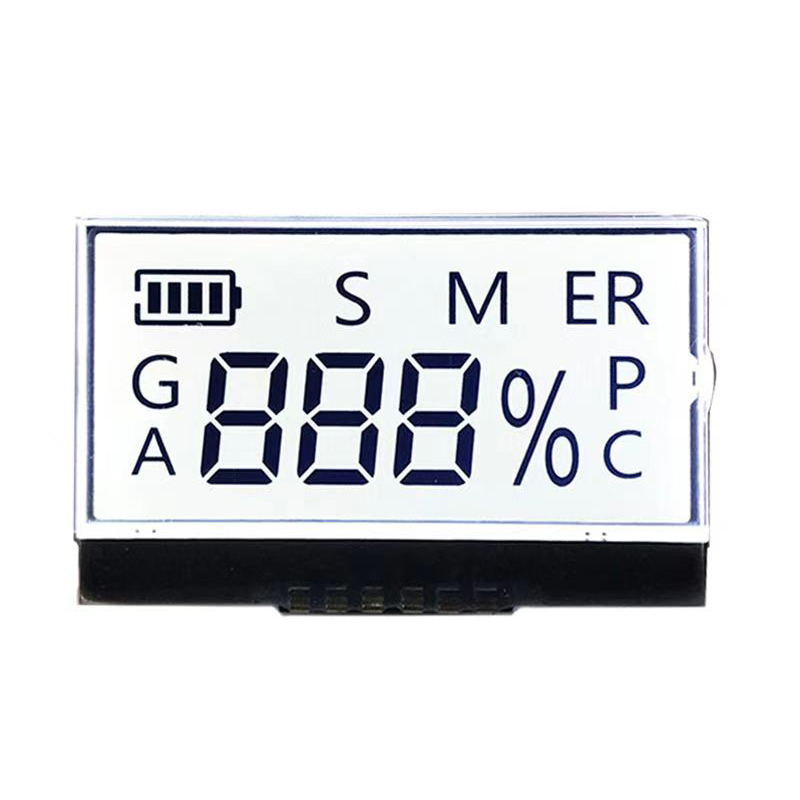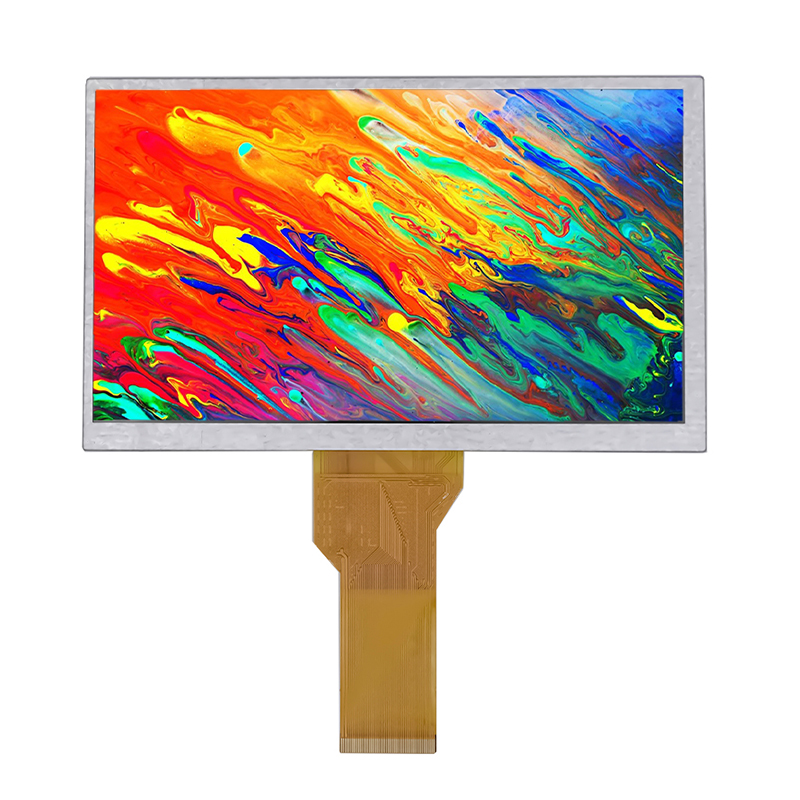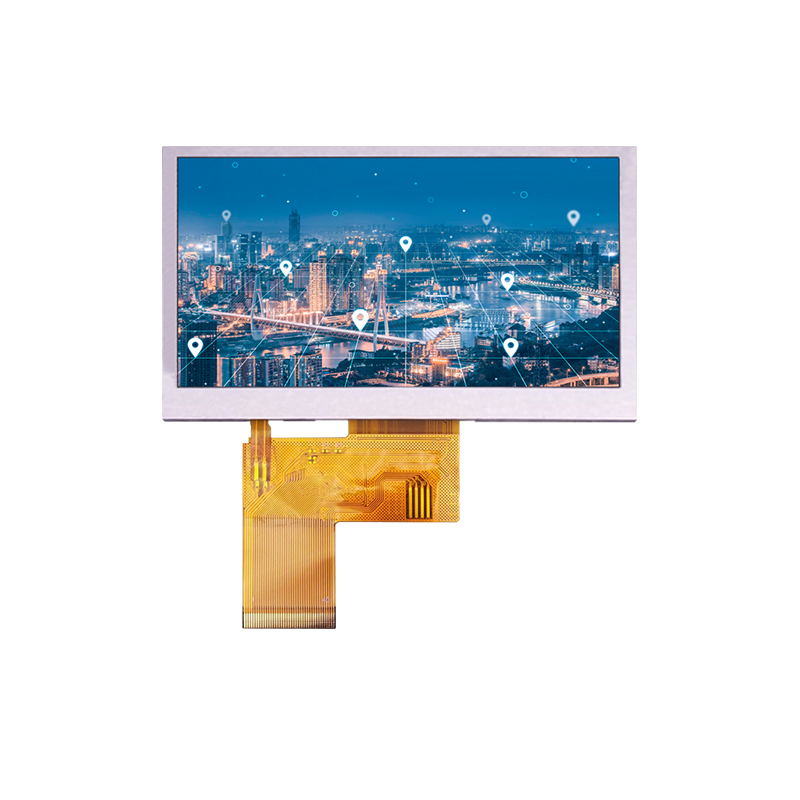
This comprehensive guide explores everything you need to know about LCD screens, from understanding the technology behind them to selecting the perfect one for your needs. We'll cover key features, different types, and factors to consider when making a purchase. Learn how to navigate the world of LCD screens with confidence.
A Liquid Crystal Display (LCD) screen is a flat-panel display that uses liquid crystals to create images. Unlike traditional CRT monitors, LCD screens are significantly thinner and lighter, consuming less power. They work by using a backlight (usually LED) to illuminate liquid crystals sandwiched between two polarized sheets of glass. The crystals twist when an electrical charge is applied, allowing varying amounts of light to pass through, resulting in the images we see.
TN panels are the oldest and least expensive type of LCD. They offer fast response times, making them suitable for gaming, but suffer from poor viewing angles and color reproduction.
IPS panels offer superior color accuracy, wider viewing angles, and better image quality compared to TN panels. However, they generally have slower response times and are more expensive. For applications requiring accurate color representation, such as photo editing or graphic design, IPS is a popular choice.
VA panels strike a balance between TN and IPS technologies. They offer good contrast ratios, deep blacks, and decent viewing angles at a price point often lower than IPS. They can be a good compromise for users seeking a balance between performance and cost.
When choosing an LCD screen, pay attention to these key specifications:
| Specification | Description |
|---|---|
| Resolution | The number of pixels displayed (e.g., 1920x1080). Higher resolution means sharper images. |
| Response Time | The time it takes for a pixel to change color. Lower is better for gaming and fast-paced visuals. |
| Refresh Rate | How many times per second the image is refreshed. Higher refresh rates (e.g., 144Hz or higher) reduce motion blur. |
| Contrast Ratio | The difference between the brightest and darkest colors. Higher contrast ratios result in richer, more vibrant images. |
| Viewing Angles | The range of angles from which the image remains clear and undistorted. |
For high-quality LCD screens and displays, consider exploring the options available at Dalian Eastern Display Co., Ltd.. They offer a wide range of solutions for various applications.
The best LCD screen depends on your specific needs and budget. For gamers, a fast response time and high refresh rate are crucial. For professionals working with images and videos, color accuracy and wide viewing angles are paramount. For everyday use, a good balance of all these factors is essential. Consider your primary use case when making your selection.
Understanding the different types and specifications of LCD screens is crucial for making an informed purchase. By considering the factors discussed above, you can choose an LCD screen that meets your needs and provides a satisfying viewing experience. Remember to always check reviews and compare prices before committing to a purchase.
1 Information gathered from various reputable technology websites and manufacturer specifications.












